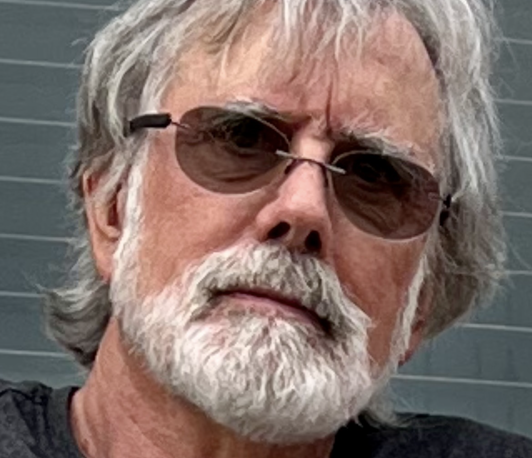Hippocampal and cortical memory indexing, efficient extraction of knowledge from episodes, and functional synaptic connectivity changes
- Date: Apr 26, 2024
- Time: 11:00 AM - 12:30 PM (Local Time Germany)
- Speaker: Prof. Bruce L. McNaughton
- Location: MPI for Intelligent Systems, Max-Planck-Ring 4
- Room: Seminar Room + Zoom
- Host: Dr. Jennifer Li/Dr. Drew Robson
- Contact: jennifer.li@tuebingen.mpg.de

I will discuss the relationship between hippocampal memory indexing theory and the neocortical expression of cognitive reserve (a.k.a. general acquired intelligence [GAI]), in the light of recent experimental data from mice running in virtual reality, while multi cell recordings are made from neocortex (NC) and hippocampus (HC) using 2-P, 1-P mini-scopes, and high-density ephys. Briefly, the theory is that, for associative storage efficiency, HC indices of experiences are re-expressed in NC “place cells” that are very similar to HC place cells. They require HC to form, but they then survive HC loss (i.e., they are consolidated; Esteves, iScience, 2023). This may be a consequence of a two-way ‘dialogue’ between HC and NC during non-theta states, during which recent experiences are reactivated in both HC and NC. According to modern theory, these NC memory traces become abstracted into GAI, which has the result of increasing forward transfer of learning (McClelland 2013 and Tse et al., 2007) and more successful predictions of the outcomes of the current state. We propose a mechanism called Similarity Weighted Interleaved Learning (SWIL; Saxena, PNAS 2022) that increases the efficiency of the underlying memory replay. We find that highly enriched sensory-motor experience in mice leads to substantially superior cognitive performance, increased hierarchical clustering and representational diversity of NC neural ensemble patterns during resting state, and quite massive changes in functional excitatory-excitatory and excitatory-inhibitory synaptic interactions in NC. I think that these and similar studies open a significant opportunity for detailed and sophisticated experimental and computational investigations into the actual underlying biological mechanisms of general acquired intelligence.